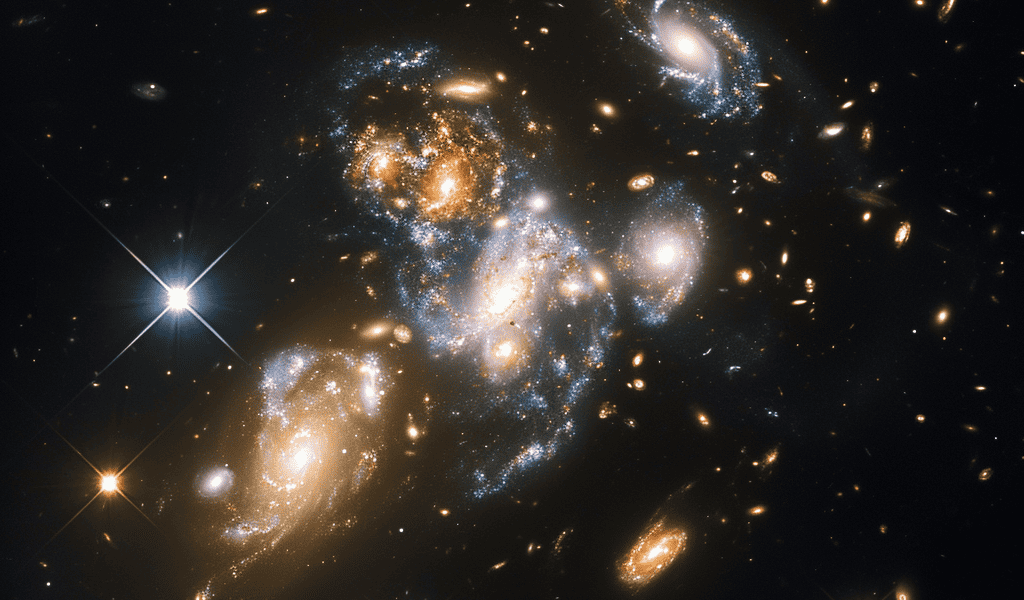Researchers have made a groundbreaking discovery in the study of the epoch of reionization, shedding light on the enigmatic Lyman-α emission in the early galaxies. The recent observations from the James Webb Space Telescope have sparked a renewed debate about the conditions necessary for the escape of Lyman α (Lyα) photons. The study, published in Nature Astronomy, delves into the intriguing connection between galaxy mergers and the facilitation of Lyα emission.
During the epoch of reionization, the first galaxies were shrouded in pristine neutral gas, with Lyman α (Lyα) emission, one of the brightest emission lines in star-forming galaxies, expected to remain undetected until the Universe became ionized. The detection of Lyα in these early galaxies has posed a significant challenge for extragalactic studies.
The research leveraged high-resolution and high-sensitivity images from the James Webb Space Telescope Near Infrared Camera to examine a sample of Lyα emitters with a redshift greater than 7. The findings revealed that all galaxies in the sample had close companions, providing unique insights into the conditions conducive to Lyα escape.
Utilizing radiative-transfer magnetohydrodynamical simulations with cosmic ray feedback, the study demonstrated that galaxies experiencing frequent mergers exhibit bursty star formation histories, leading to episodes of high intrinsic Lyα emission. This phenomenon facilitates the escape of Lyα photons along channels cleared of neutral gas, offering a compelling explanation for the detection of Lyα emission deep into the epoch of reionization.
The rapid buildup of stellar mass through mergers presents a promising solution to the longstanding puzzle of Lyα detection in the early Universe. The study not only advances our understanding of the conditions necessary for Lyα escape but also underscores the pivotal role of galaxy mergers in shaping the evolution of galaxies during the epoch of reionization.





